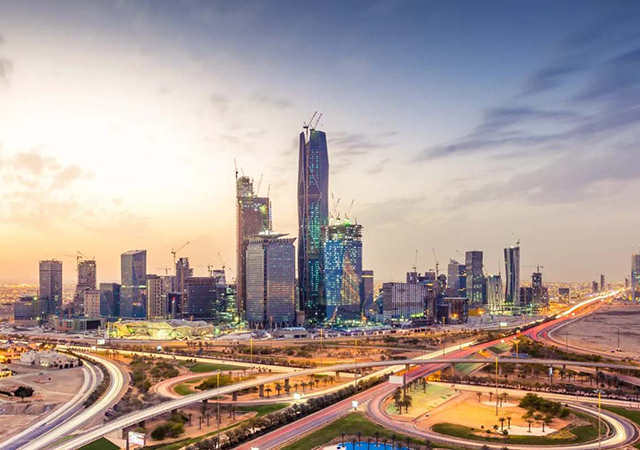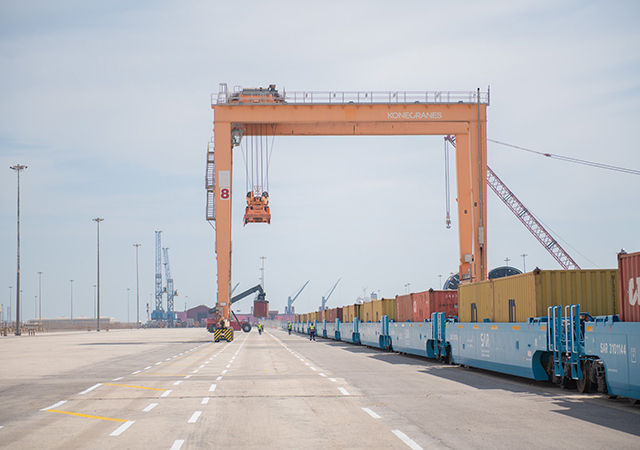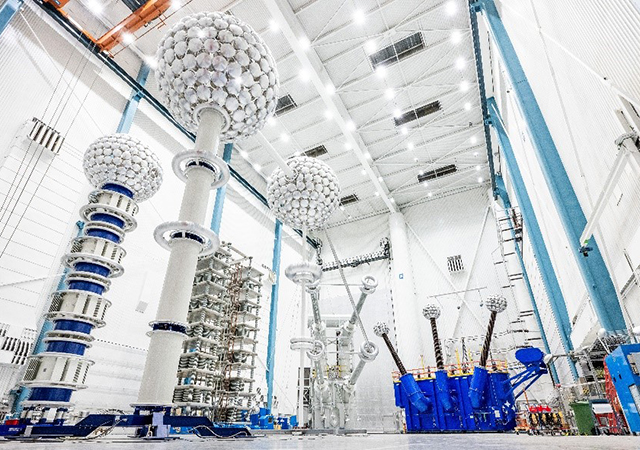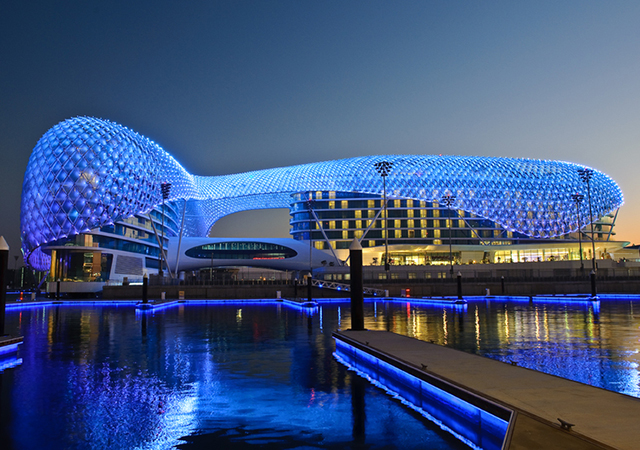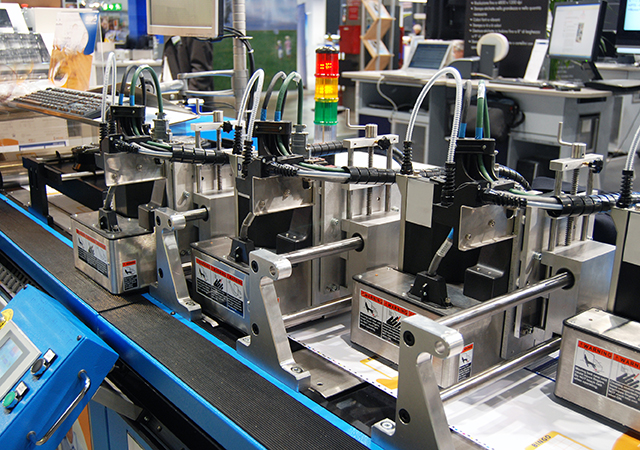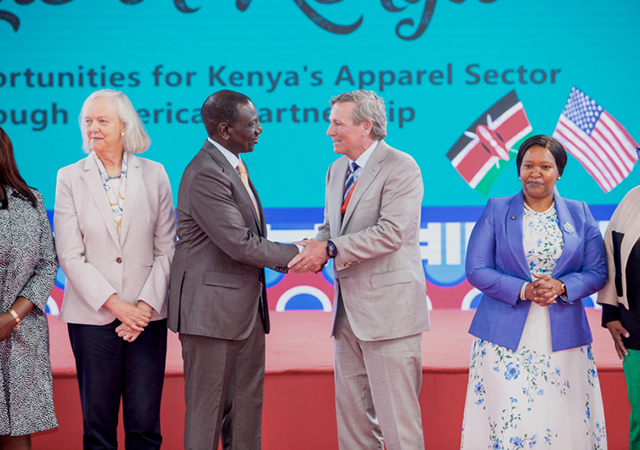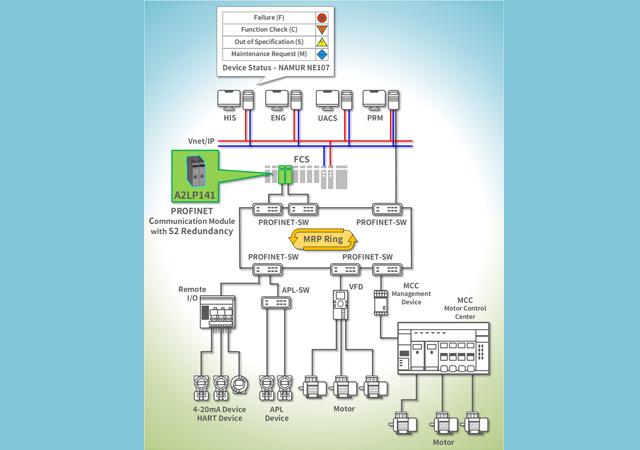
 Contractions in demand for steel are expected in the Middle East
Contractions in demand for steel are expected in the Middle East
The growth in steel demand remains positive, but growth rates are expected to moderate in tandem with the slowing global economy in 2019 and 2020, experts have said.
According to the World Steel Association’s Short Range Outlook (SRO) report, worldsteel projects global steel demand will reach 1,735 million tonnes (mt) in 2019, an increase of 1.3 per cent over 2018. In 2020, it forecasts global steel demand growing by 0.9 per cent to reach 1,752 mt.
“Uncertainty over the trade environment and volatility in the financial markets has not yet subsided and could pose downside risks to this forecast,” said Saeed Ghumran Al Remeithi, chief executive of the UAE’s Emirates Steel and chairman of the Worldsteel Economic Committee.
The International Monetary Fund cut its global growth forecasts for this year to 3.3 per cent, down from the 3.5 per cent the IMF had forecast for 2019 in January.
In China, steel demand is contracting due to the impact of trade tensions with the United States and a slowdown in Chinese economic growth, the steel outlook said.
US President Donald Trump set tariffs of 25 per cent on imported steel and 10 per cent on aluminium last June, causing China and other trade partners including Mexico to hit back with retaliatory measures on US products.
“Chinese steel demand continues to decelerate as the combined effect of economic rebalancing and trade tension is leading to slowing investment and sluggish manufacturing performance,” the report said.
Mild government stimulus, which cushioned the slowdown in 2018, and an anticipated heightening of stimulus this year is expected to boost steel demand in 2019, but a minor contraction is forecast for 2020 as stimulus effects are expected to subside, it added.
In the Middle East and North Africa, demand for steel is expected to contract in 2019, by 2.6 per cent to reach 48.9 Mt, before recovering slightly in 2020 with demand set to reach 49.5 Mt, annual growth of 1.2 per cent.
“Economic diversification efforts in the GCC continue, but fiscal consolidation is still suppressing construction activities, however, in North Africa the situation looks brighter with Egypt recovering strongly after the structural reforms of 2017,” Al Remeithi said.
Demand for steel in emerging economies, excluding China, is expected to grow by 2.9 per cent and 4.6 per cent in 2019 and 2020. Developing Asia (again, excluding China) is witnessing the fastest growth in steel demand of all world regions, with forecast growth of 6.5 per cent and 6.4 per cent respectively.
Japan also recorded strong growth in steel demand in 2018, supported by a favourable investment environment and construction activities, and a boost in consumer spending prior to the increase in the consumption tax last year.
Steel demand in Korea has been contracting since 2017 due to reduced demand from two major steel-using sectors – shipbuilding and automotive. This is expected to continue amid tightened real estate market regulations and deteriorating exports, before a “mild” recovery in 2020, the report said.
Meanwhile, demand in developed economies grew by 1.8 per cent in 2018 following a resilient 3.1 per cent in 2017. However, this is expected to decelerate to 0.3 per cent in 2019 and 0.7 per cent in 2020 – “reflecting a deteriorating trade environment”, especially in European Union economies, which are also facing uncertainty over Brexit, the committee added.
In the US, too, steel demand growth is expected to slow, as fiscal stimuli subside, according to the report.

